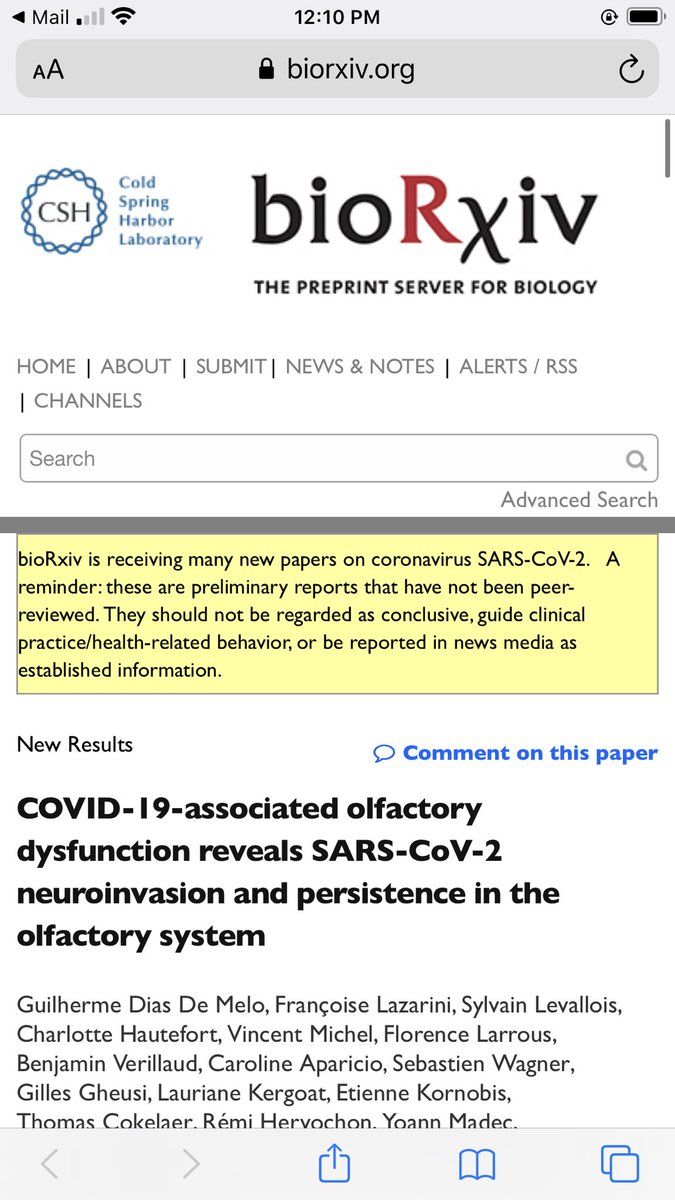
It was inspiring to virtually attend the first Inaugural Robert D. Moir Symposium this past Friday. Rob was a friend and constant source of inspiration, plus an amazing sounding board for novel ideas. He passed away from glioblastoma one year ago today.
https://twitter.com/RudyTanzi/status/1340683349573197824
2/ Like most great scientists I’ve known, Rob was not content to study just the presence or absence of compounds/organisms in the human body. Instead his thinking continually gravitated towards the vital question of “what are they DOING??”
3/ Via that lens - the constant question of “why?” and a passion for characterizing the molecular biology of the “why?”...Rob uncovered that amyloid in the #Alzhiemer’s brain has a function (it appears to act as an antimicrobial peptide)
4/ Now, as explained by Tanzi lab member Will Eimer at Rob’s symposium, the further study of amyloid’s activity as part of the innate immune response may well usher in a “Third Age” of Alzheimer’s research, and potentially improve countless lives
5/ For more context on Rob’s work/findings read this recent article in Nature, “Are infections seeding some cases of Alzheimer’s disease?”: nature.com/articles/d4158…
• • •
Missing some Tweet in this thread? You can try to
force a refresh





